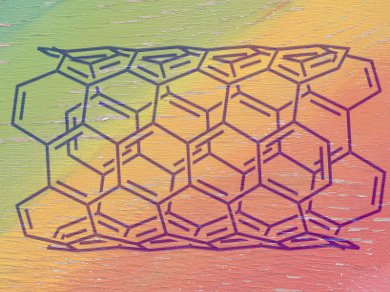Titania is a promising candidate for photocatalysis because it is photostable, abundant, and non-toxic. One drawback is that its response to light is limited to the ultraviolet region.
Researchers in Saudi Arabia have enhanced its visible-light activity by confining titania within carbon nanotubes. They tested the potential of this novel photocatalyst on the visible-light degradation of the dye molecule methylene blue and found the reaction proceeded well compared with controls with unconfined titania particles under visible light.
This could open up a range of new applications and has potential in harnessing solar energy for environmental remediation of hazardous compounds.
- Enhanced Visible-Light Activity of Titania via Confinement inside Carbon Nanotubes
W. Chen, Z. Fan, B. Zhang, G. Ma, K. Takanabe, X. Zhang, Z. Lai,
J. Am. Chem. Soc. 2011.
DOI: 10.1021/ja205997x



